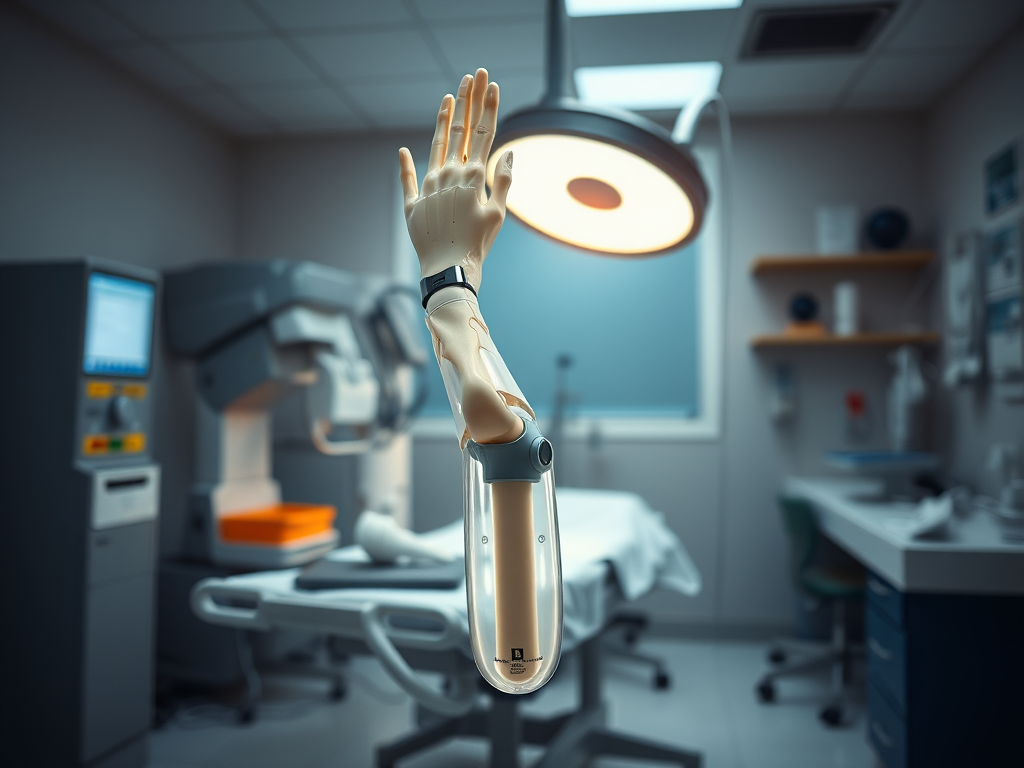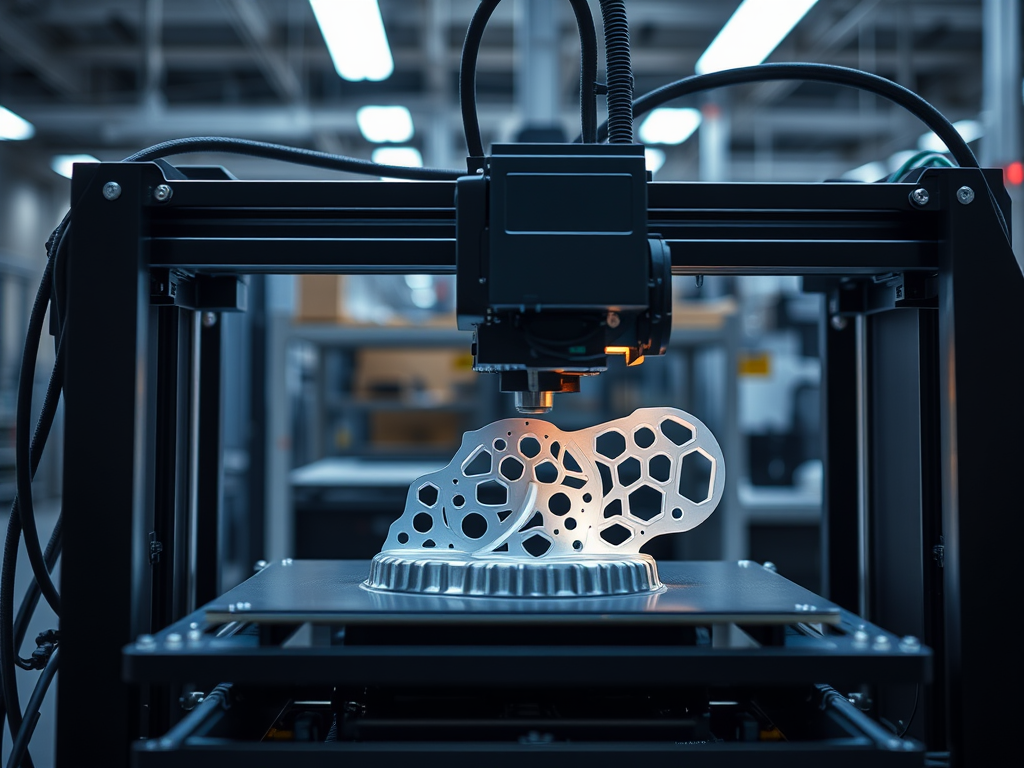As technology advances, 3D printing is rapidly transforming the business landscape in Dubai. This innovative manufacturing technique is not only revolutionizing production processes but also fostering a new era of creativity and sustainability across various industries. In this article, we’ll explore the current state and future prospects of 3D printing within Dubai’s business sector, examining its potentials and challenges while highlighting how it could reshape economic activities in the city.
Current State of 3D Printing in Dubai

Dubai has emerged as a global hub for 3D printing, characterized by its rapid adoption and integration into numerous sectors. Initially gaining traction in the construction industry, 3D printing technology is now finding applications in healthcare, automotive, and consumer goods. One of the standout aspects of Dubai’s approach is its proactive regulatory framework, which encourages experimentation and innovation. In 2016, the Dubai 3D Printing Strategy was unveiled, aiming to position the emirate as a leader in the field. As a result, the local government is investing in infrastructure and establishing alliances with tech firms to foster this technology’s growth.
Impact on Manufacturing and Construction

The manufacturing and construction sectors in Dubai are witnessing profound changes due to 3D printing. This technology has revolutionized traditional methods of production, offering numerous advantages, such as reducing waste, lowering material costs, and enhancing design flexibility. Notably, the construction of the world’s first fully 3D-printed building in Dubai illustrates the possibilities that exist. The innovative method significantly cuts construction time by around 50% and costs by as much as 30%. Additionally, 3D printing opens avenues for bespoke designs and rapid prototyping, allowing architects and engineers to materialize imaginative concepts more feasibly.
3D Printing in Healthcare
Another sector poised for transformation through 3D printing is healthcare. With the ability to produce personalized medical devices, implants, and even human tissue, the applications seem vast. Hospitals in Dubai are beginning to utilize 3D printing for surgical training, prosthetics manufacturing, and patient-specific anatomies for pre-surgery planning. The customized nature of 3D-printed medical solutions ensures higher patient comfort and better outcomes, making the technology not just revolutionary but essential. Moreover, as regulatory frameworks evolve, it’s expected that more healthcare providers will integrate 3D printing into their services, resulting in improved healthcare delivery.
While the future looks promising, several challenges remain for the widespread adoption of 3D printing in Dubai’s business sector. Some of these challenges include:
- Regulatory Hurdles: As technology evolves, so do the legal frameworks. Ensuring that regulations keep pace with technological advances is crucial.
- High Initial Investment: The cost of 3D printers and the materials needed can be prohibitively high for small businesses.
- Sustainability Concerns: Despite its potential to reduce waste, some materials used in 3D printing are not environmentally friendly.
- Skilled Workforce Shortage: There is a growing need for trained professionals who can operate and maintain advanced 3D printing technology.
Addressing these challenges will be essential for realizing the full potential of 3D printing in Dubai.
Future Prospects and Innovations
The prospects for 3D printing in Dubai’s business sector are brighter than ever, fueled by ongoing innovations. The continuous development of new materials, such as bio-inks for medical applications and stronger composites for construction, is paving the way for more advanced 3D printing techniques. Additionally, advancements in software solutions that enable better designs and integrations with AI are expected to enhance the efficiency and effectiveness of 3D printing operations. We can also anticipate increased collaboration between various industries, leading to cross-sector innovations and integrated processes. As Dubai continues its journey toward becoming a ‘Smart City,’ 3D printing is poised to play a critical role in achieving this vision by making business operations more agile, cost-effective, and environmentally sustainable.
Conclusion
In conclusion, the future of 3D printing in Dubai’s business sector is teeming with possibilities that could significantly alter how products are made and services are delivered. While there are challenges to overcome, the advantages of adopting this technology far outweigh the drawbacks. As more businesses explore 3D printing, we expect to see not only enhanced productivity but also a more sustainable approach to manufacturing and innovation. Dubai stands at the forefront of this technological revolution, ready to harness the full potential of 3D printing as it propels itself into a new economic era.
Frequently Asked Questions
1. What industries in Dubai are using 3D printing?
Industries including construction, healthcare, automotive, and consumer goods are utilizing 3D printing technology in Dubai.
2. How does 3D printing benefit the construction sector?
3D printing reduces construction time, cuts costs, minimizes waste, and allows for unique design possibilities.
3. Are there any sustainability concerns with 3D printing?
Yes, some materials used in 3D printing are not environmentally friendly, which poses challenges to sustainable practices.
4. What is the role of the Dubai government in promoting 3D printing?
The Dubai government invests in infrastructure and develops regulatory frameworks that support experimentation and innovation in 3D printing.
5. What are the challenges facing 3D printing in Dubai?
Key challenges include regulatory hurdles, high initial investments, sustainability concerns, and a shortage of skilled workforce.